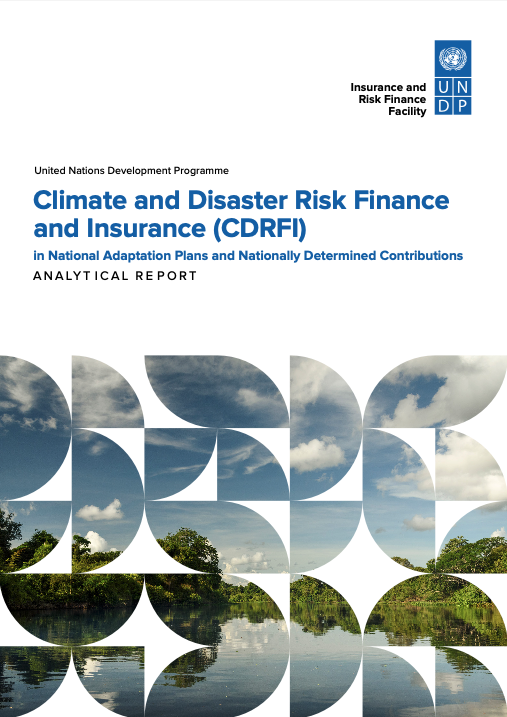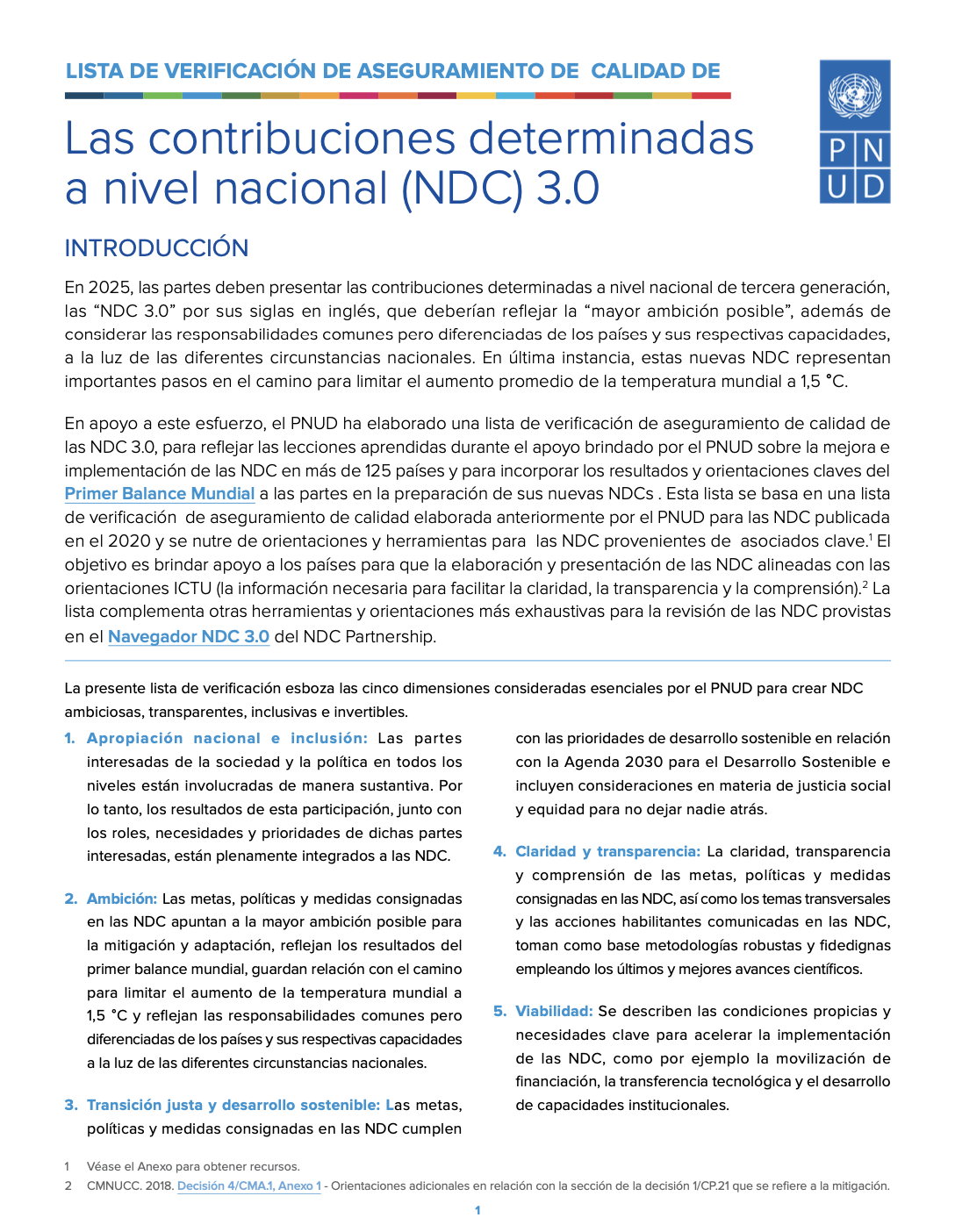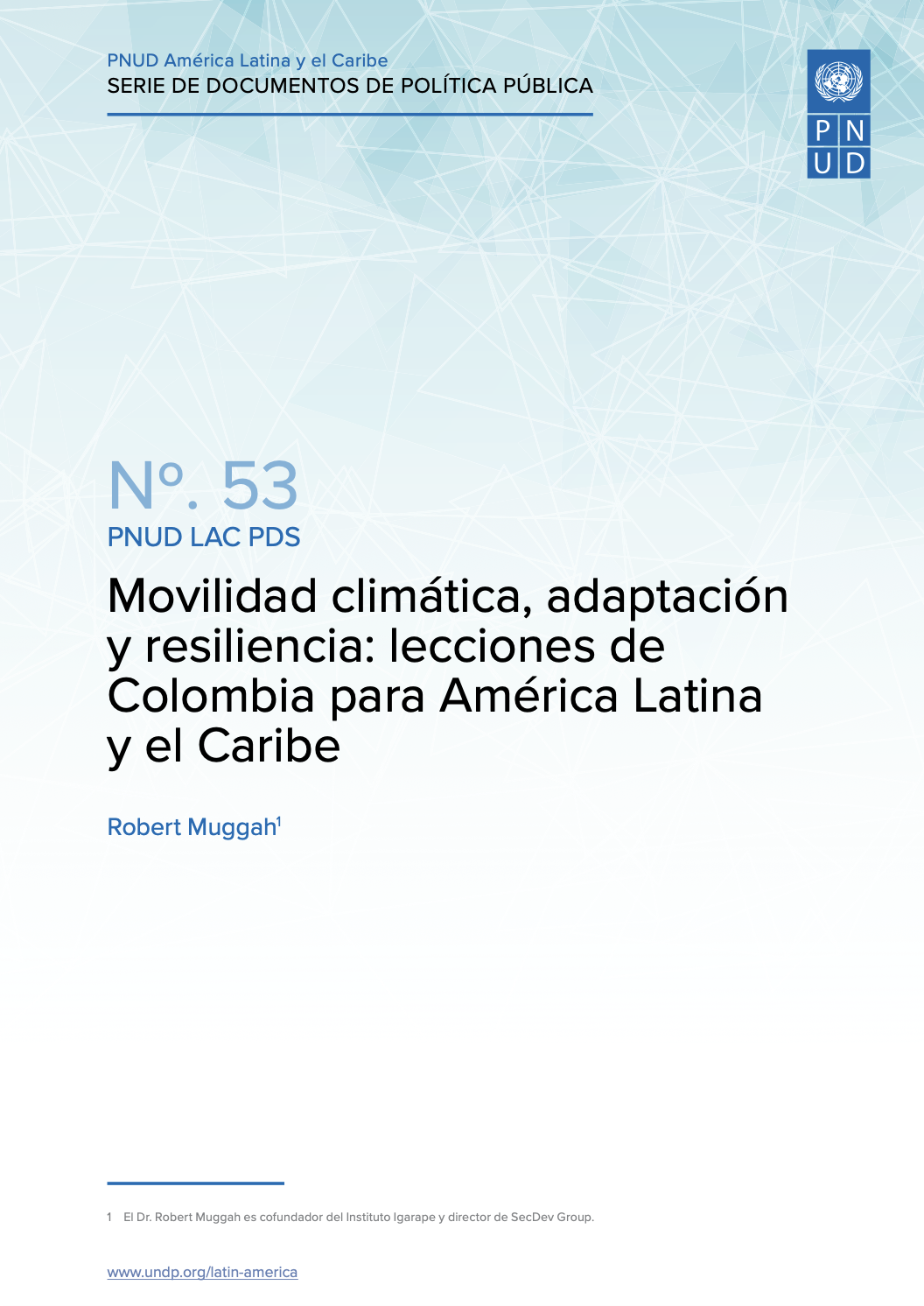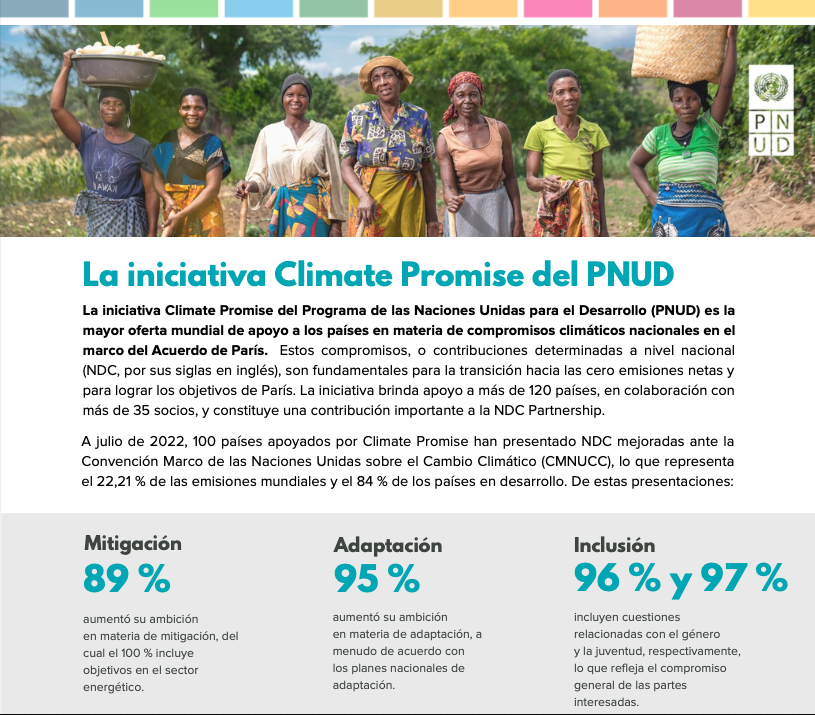Climate and Disaster Risk Finance and Insurance (CDRFI) in National Adaptation Plans and Nationally Determined Contributions

Climate-induced disasters are growing in both frequency and intensity, posing serious threats to communities, economies, and public finances. In this context, Climate and Disaster Risk Finance and Insurance (CDRFI) solutions are emerging as vital tools. They provide timely, reliable financial support for emergency response and recovery, safeguard national budgets, and contribute to long-term economic stability. CDRFI also strengthens public-private collaboration, supports better risk assessment, and offers financial protection for vulnerable sectors and climate investments.
This analytical report explores how CDRFI instruments are being integrated into countries’ climate policy frameworks, particularly within National Adaptation Plans (NAPs) and Nationally Determined Contributions (NDCs), under the UNFCCC. It provides a stock take of current trends, instruments, and practices, offering inspiration and actionable insights for policymakers and practitioners. The analysis informs the UNDP Supplementary Guidelines on “Integrating Disaster Risk Finance in National Adaptation Plans.”
Five key messages emerge: CDRFI tools complement climate policies, deliver strategic policy benefits, can be effectively integrated via NAPs and NDCs, have demonstrated success in several countries, and offer practical pathways for implementation. The report reviews 54 NAPs, finding that 44 reference CDRFI, with 17 showing strong integration. Action areas include agricultural insurance, infrastructure protection, parametric insurance, and institutional reforms. Ultimately, stronger CDRFI incorporation in climate planning can drive resilience, policy coherence, and increased access to climate finance, turning risk into opportunity for sustainable development.
The report and guidance note are Part-one of three-part policy series on risk informed public financial planning, including risk finance policies for policy makers and development actors working closely with governments.
- Analytical report (43.4MB)
- Supplementary guidelines (2.2MB)


